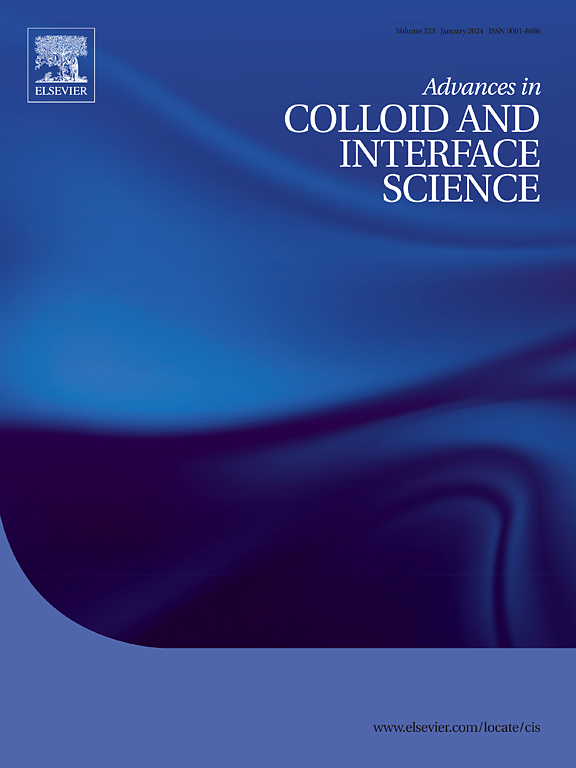Emerging heterostructures derived from metal–organic frameworks for electrochemical energy storage: Progresses and perspectives
IF 15.9
1区 化学
Q1 CHEMISTRY, PHYSICAL
引用次数: 0
Abstract
Heterostructures are a novel class of advanced materials have attracted considerable attention because they combine components with different structures and properties, exhibiting unique activity and function due to synergistic interactions at the interface. Over the last decade, there has been increasing research interest in constructing advanced heterostructures nanomaterials possessing efficient charge/ion transportation, optimize ion absorption behavior and rich accessible active sites for electrochemical energy storage (EES). Nonetheless, the conventional methodology for constructing heterostructures typically involves the self-assembly of active materials and conductive components, which poses significant challenges in achieving large-scale, uniformly atomically matched interfaces. Moreover, the development of heterostructures via transformation of the printine material into distinct phases can effectively address this limitation. Based on this, Metal–organic frameworks (MOFs), a class of porous materials with an inherently large surface area, uniform and adjustable cavities, and customizable chemical properties, have been widely used as precursors or templates for the preparation of heterostructure materials. Although there are some previous reviews on MOF-derived heterostructures for EES, they rarely focus on the structural engineering of MOF-derived heterostructures materials and their advanced characterization for EES. In this review, we summarize and discuss recent progress in the design and structural engineering (including morphology engineering, heteroatom doping, and defect engineering) of MOF-derived heterostructures and their applications in EES (e.g., supercapacitors, lithium-ion batteries, sodium-ion batteries, aluminum-ion batteries, aqueous Zn-ion batteries, etc.). The review concludes with a perspective on the remaining challenges and potential opportunities for future research.

求助全文
约1分钟内获得全文
求助全文
来源期刊
CiteScore
28.50
自引率
2.60%
发文量
175
审稿时长
31 days
期刊介绍:
"Advances in Colloid and Interface Science" is an international journal that focuses on experimental and theoretical developments in interfacial and colloidal phenomena. The journal covers a wide range of disciplines including biology, chemistry, physics, and technology.
The journal accepts review articles on any topic within the scope of colloid and interface science. These articles should provide an in-depth analysis of the subject matter, offering a critical review of the current state of the field. The author's informed opinion on the topic should also be included. The manuscript should compare and contrast ideas found in the reviewed literature and address the limitations of these ideas.
Typically, the articles published in this journal are written by recognized experts in the field.

 求助内容:
求助内容: 应助结果提醒方式:
应助结果提醒方式:


